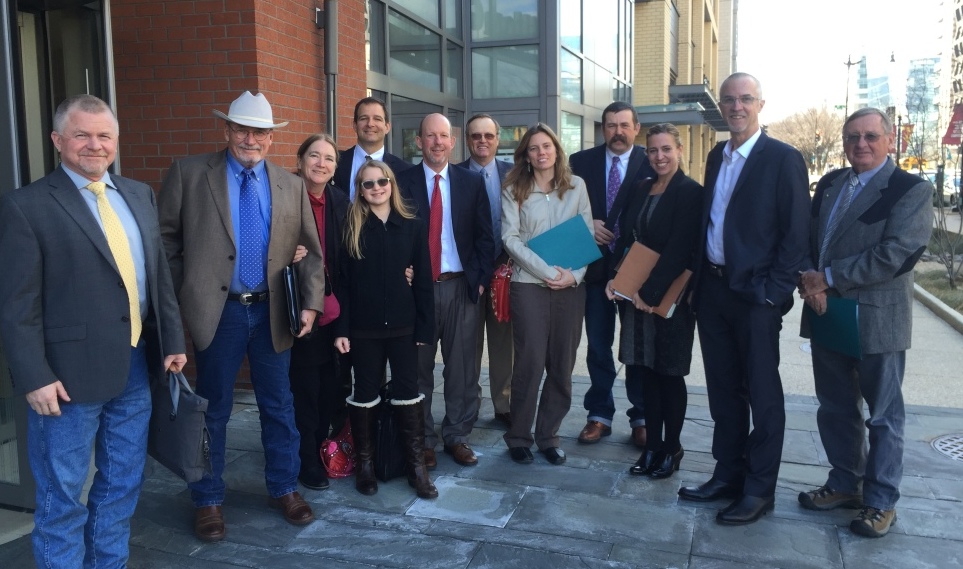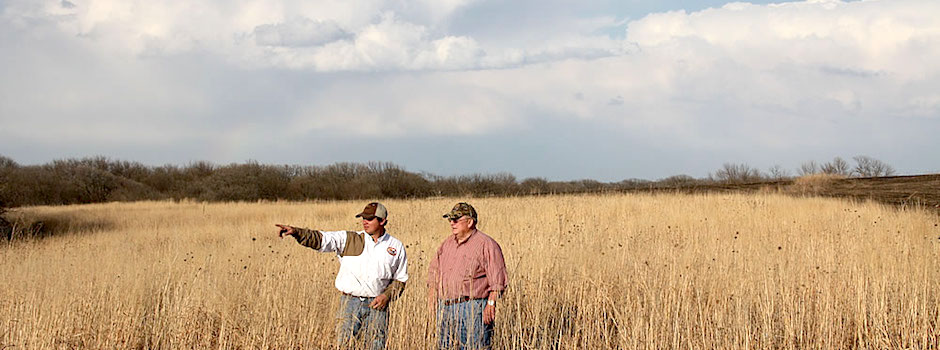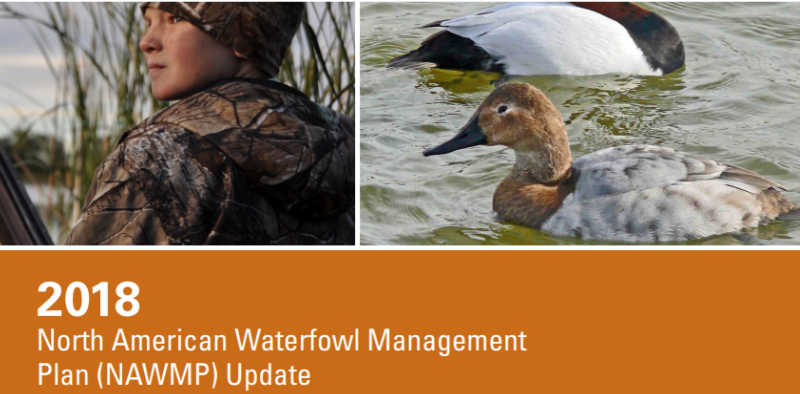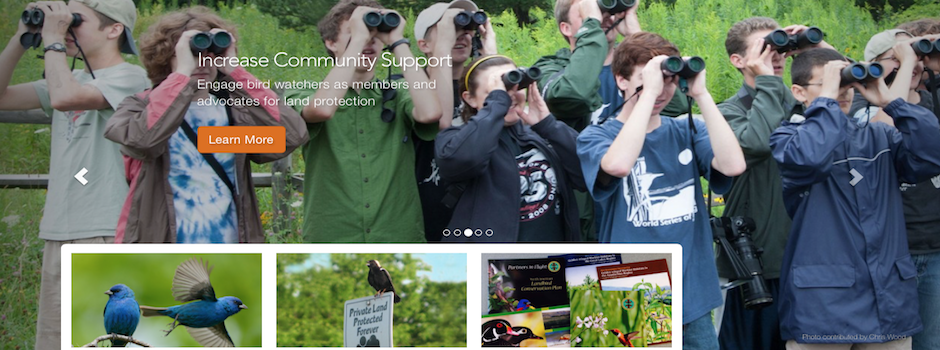By Lori Reed, Operations Specialist, Intermountain West Joint Venture
I never get tired of seeing people’s reactions when partners of the Intermountain West Joint Venture (IWJV) walk into a meeting in Washington, D.C. It’s not every day that they see ranchers seated next to energy company representatives and non-profit staff. As we all sing the same message about the power of collaborative conservation, you can see the surprise grow into an intense interest in our message.
In early March of this year, eight of the IWJV Management Board members and a handful of staff traveled to our Nation’s capital to talk about bird habitat, agriculture, western water, partnerships, and conservation success. We teamed up with Partners for Conservation (PFC), a national grassroots organization of private landowners that communicates and collaborates on conservation partnerships for working landscapes to benefit present and future generations. PFC has a record of building relationships that expand and accelerate collaborative conservation approaches that sustain ecologically healthy environments, economies and communities.
During our visit, IWJV and PFC board members held individual meetings with Congressional members and staff, as well as D.C.-based conservation offices and agency leadership. The group came together for appointments with USDA Under Secretary Robert Bonnie, Natural Resources Conservation Service Chief Jason Weller, and other USDA representatives, as well as a meeting with Department of Interior officials that included Assistant Secretary for Land and Minerals (LLM) Assistant Secretary Janice Schneider, LMM Deputy Assistant Secretary Jim Lyons, Counselor to the Secretary Sarah Greenberger, U.S. Fish and Wildlife Service Director Dan Ashe, and Bureau of Land Management Programs and Policy Deputy Director Linda Lance, among others.

These meetings were straight-to-the-point conversations about solutions to some of our greatest challenges in the West. Dozens of different conversations took place, but a theme everyone championed was that the voluntary conservation collaboration between public and private partnership results in effective and long-lasting conservation. We emphasized Six Ingredients For Conservation Program Success (see image at right) as proven ways that have (and will continue to) help us promote conservation—but we need the support of those we met with to ensure that the successes will continue. In most of these meetings, we wrapped up the conversation with this ask: How can we help you? Their response was often to keep them informed and continue coming back to help solve challenging conservation issues.
“It was very powerful for PFC and the IWJV to conduct this trip together,” said Jeff McCreary, IWJV Management Board Chair. “We’ve got challenges all around us and coming at us all the time, but together we can find solutions.”
Our work at the IWJV has us in constant coordination with landowners and other partners across the Intermountain West, but this was the first time we united with PFC for a joint D.C. visit representing a shared interest by both organizations. Our presence and the demographics of our group sent a powerful message. Those in attendance include some of those most passionate conservation leaders in the West who focus on achieving win-wins for people and wildlife—but the week emphasized that our collective work is for the future.
The team included Siobhan Lally, the 11-year-old granddaughter of Colorado/Wyoming rancher and IWJV Management Board member, Pat O’Toole. Siobhan’s attendance provided a perspective from a younger generation—and from someone who has witnessed the conservation successes first-hand on her grandparent’s ranch.
“My favorite thing about conservation is seeing and helping all the wildlife, like sage chickens, mule deer and elk,” she said. “It’s important that we make conservation happen for future generations.”






